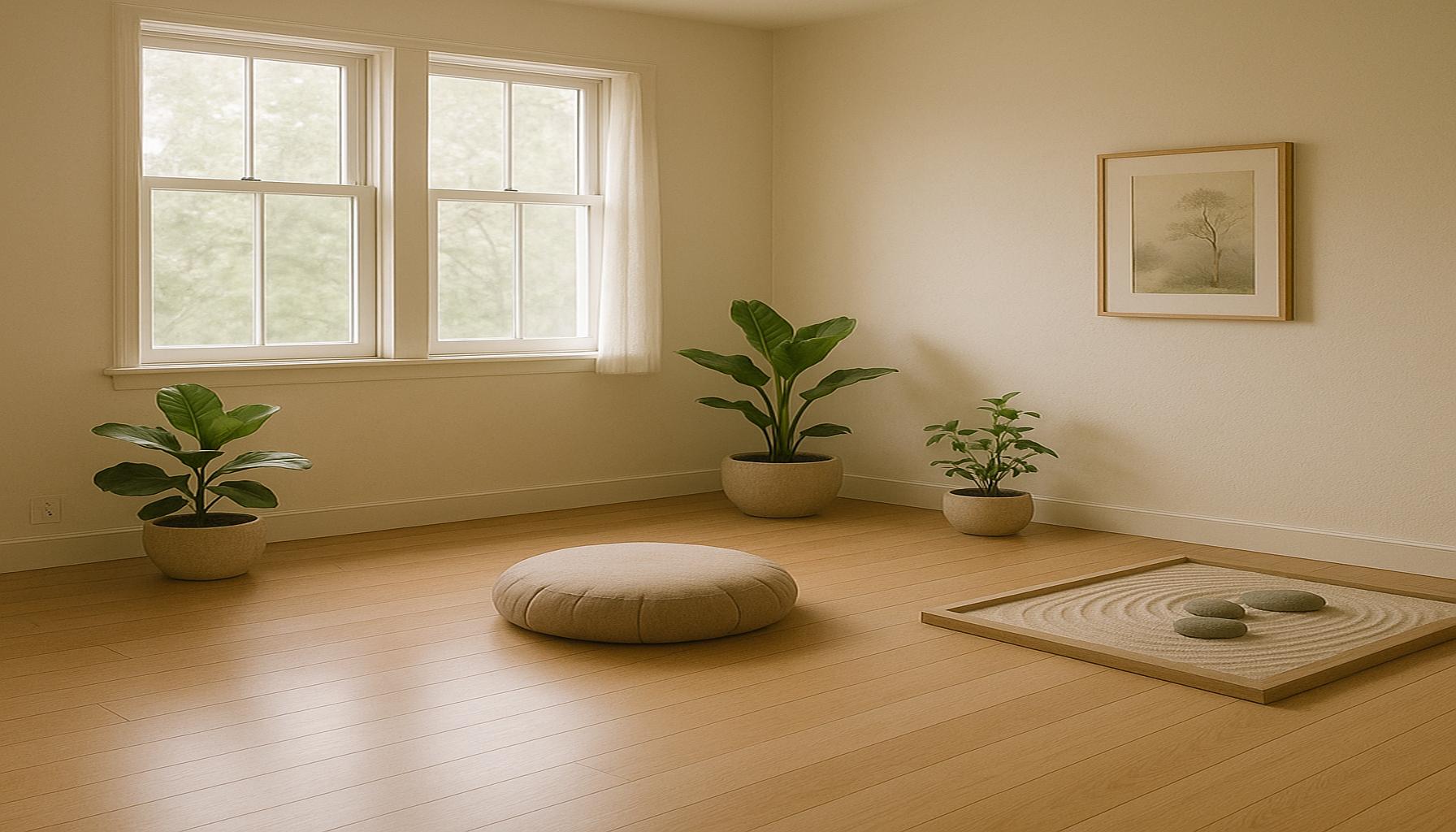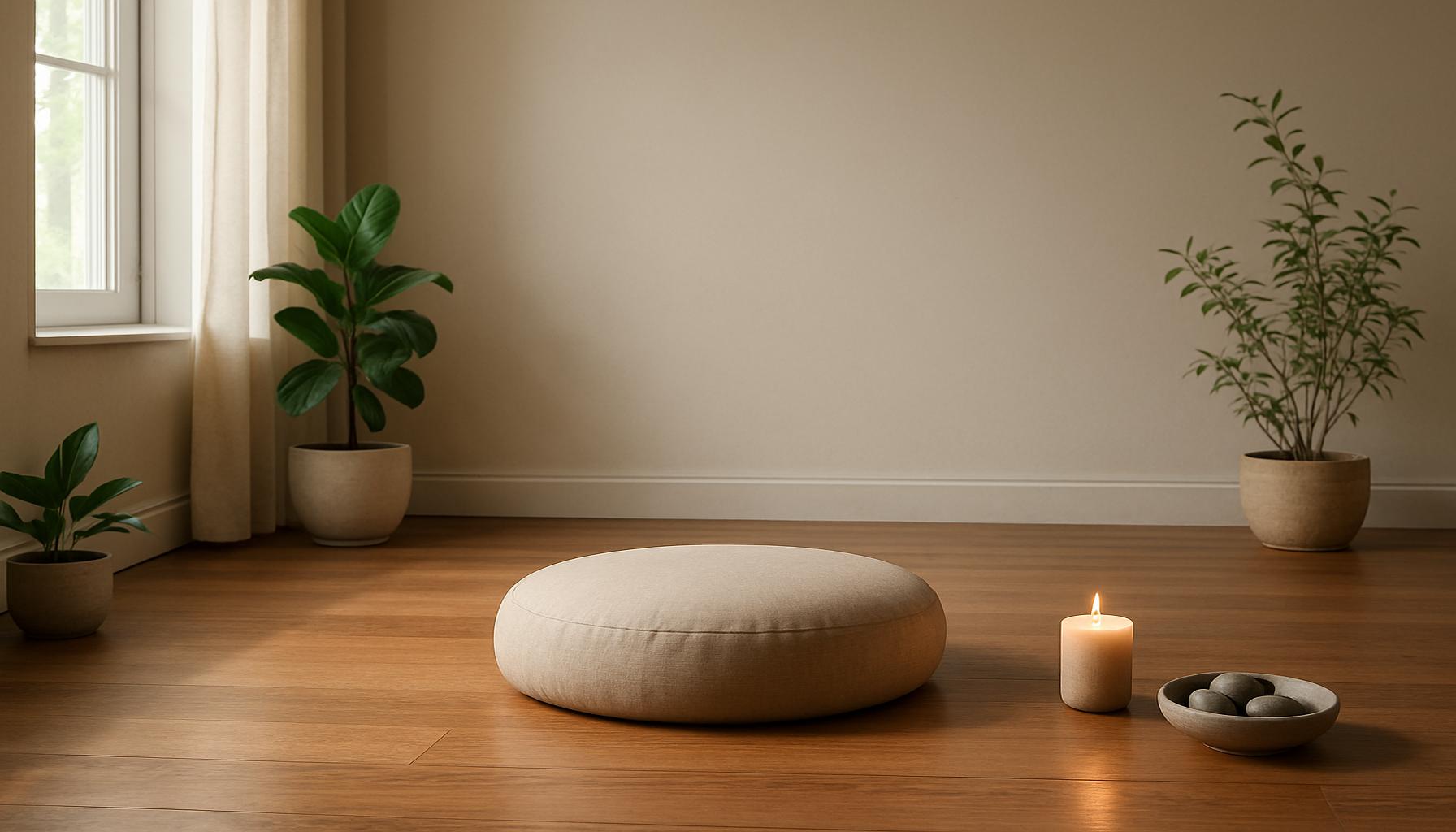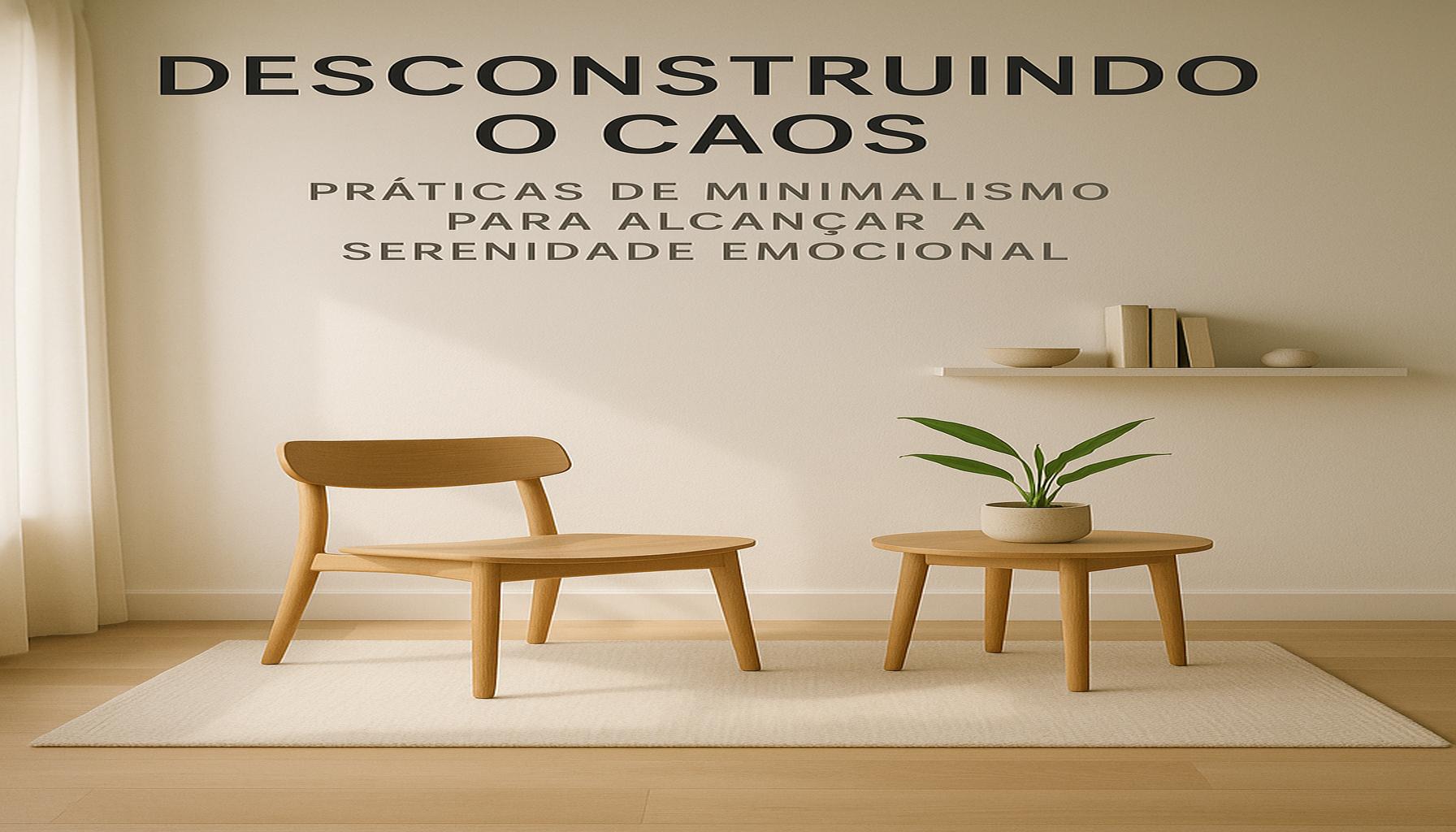Spaces of Peace: Creating Serene Environments with Minimalism at Home
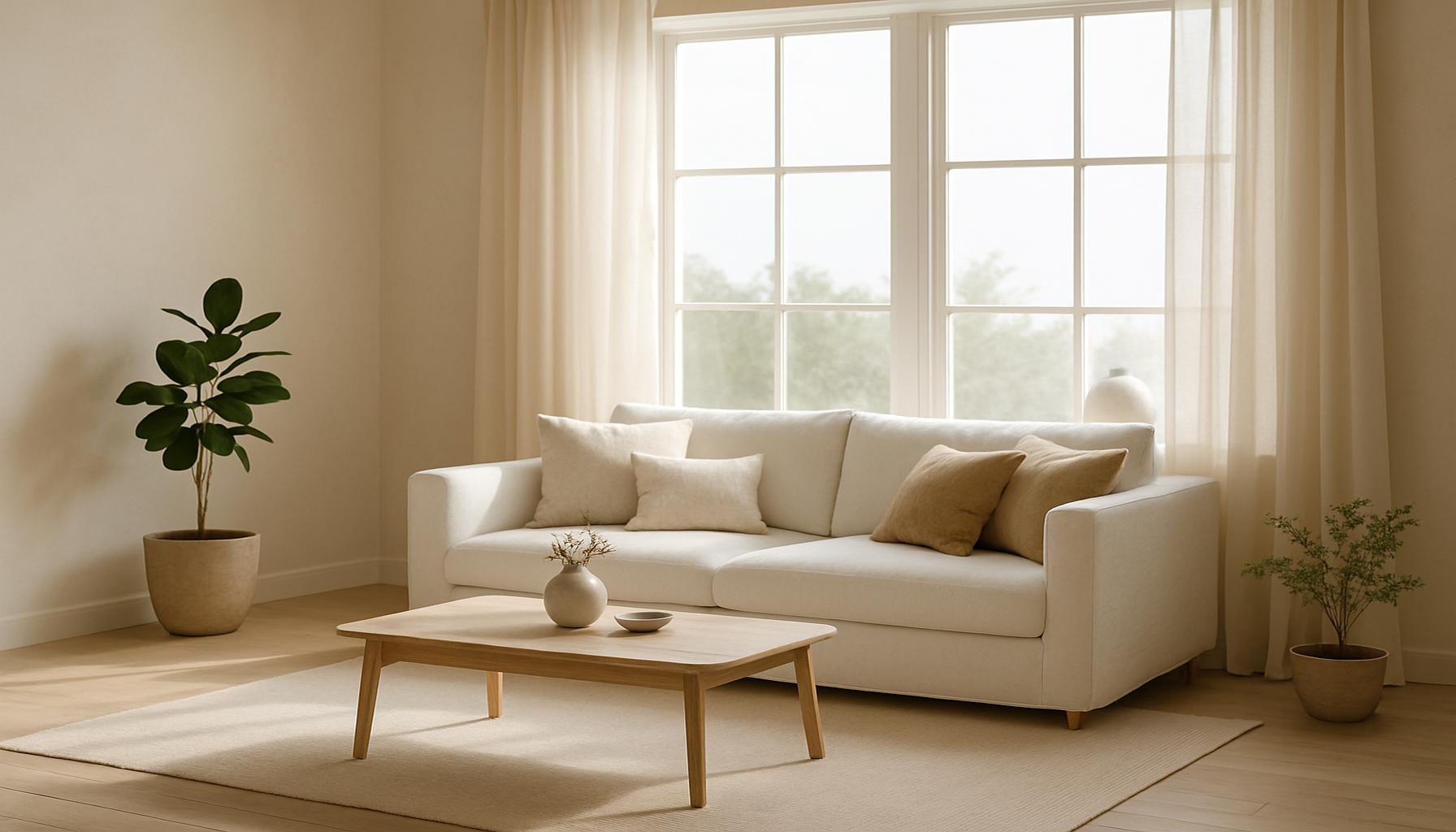
Discover the Art of Minimalism
In today’s fast-paced world, finding serenity at home can be a challenge. However, embracing minimalism offers the perfect solution to create your personal oasis. By simplifying your living space, you not only reduce clutter but also enhance your overall well-being. The art of minimalism harkens back to the idea of living with less, advocating for quality over quantity, which resonates deeply in contemporary society.
Why Choose Minimalism?
Minimalism is more than just a design trend; it embodies a philosophy of intentional living. Here are a few compelling reasons to consider:
- Reduced stress: A clean, uncluttered space can significantly lower anxiety levels, allowing your mind to breathe. Research indicates that environments with reduced visual clutter can lead to lower stress and improved mental health.
- Increased focus: Fewer distractions help enhance concentration and productivity. In an age laden with digital notifications, creating a minimal workspace can foster greater engagement with tasks and projects.
- Improved aesthetics: Simple designs evoke a sense of calm and tranquility, creating a welcoming atmosphere. Minimalism supports the notion that beauty lies in simplicity, which can be seen in the works of renowned architects and designers like Tadao Ando and John Pawson.
Imagine stepping into a room where every item serves a purpose, contributing to a peaceful atmosphere. Minimalism encourages you to keep only what you truly need or love, creating a space that resonates with harmony and balance. This shift not only affects the physical space around you but also encourages deeper emotional connections to the items you choose to retain.
Elements of a Serene Space
To transform your home into a sanctuary, consider incorporating these elements:
- Natural light: Opt for large windows or use light curtains. Studies show that exposure to natural light boosts mood and energy levels, which is essential for creating a serene environment.
- Neutral colors: Soft hues can promote relaxation. Colors such as whites, creams, and soft grays are popular choices for minimalist designs, as they provide a tranquil backdrop.
- Mindful decor: Choose only pieces that inspire or uplift you. This might include artwork that sparks joy or books that you cherish. The selection process itself becomes an exercise in mindfulness, allowing you to reflect on what truly matters to you.
By exploring the facets of minimalism, you can take the first steps towards creating your unique spaces of peace. As you embark on this journey, consider documenting your progress or participating in communities that embrace minimalist lifestyles. Each small change in your environment can lead to a more fulfilling and serene life.
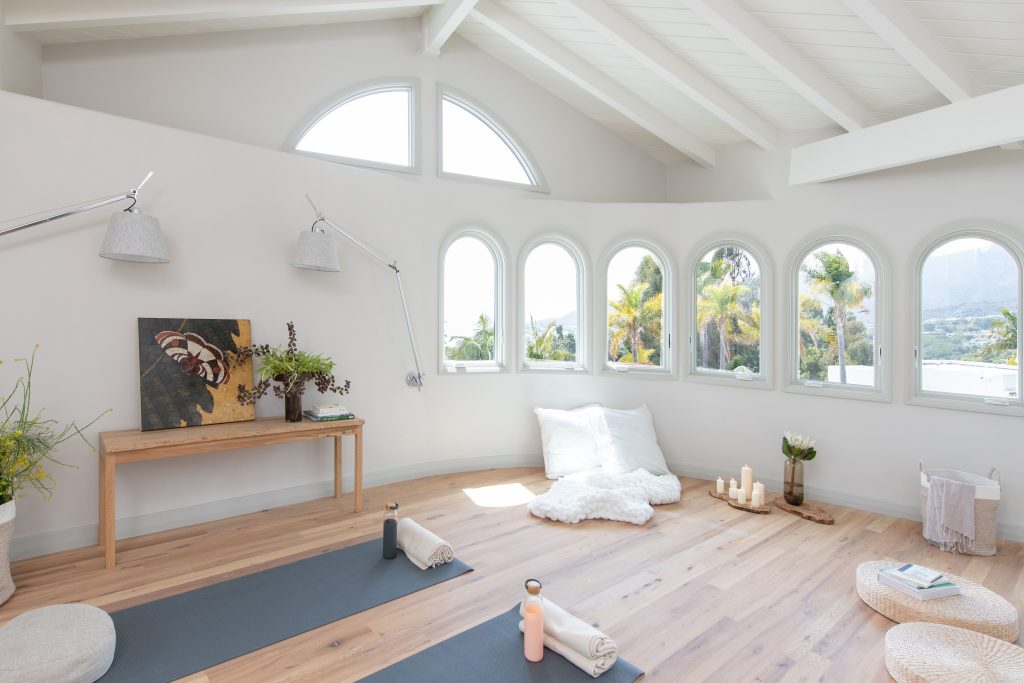
DISCOVER MORE: Click here to unlock your path to personal serenity
Essential Principles of Minimalist Design
As you embark on your journey toward creating serene environments at home, understanding the essential principles of minimalist design is crucial. These concepts serve as the backbone of minimalism, guiding your choices and helping you to visualize a space that feels fresh and stress-free. By adhering to these principles, you can effectively transform any room into a sanctuary that embodies peace.
Emphasizing Functionality
The first principle of minimalist design is functionality. Each item in your home should serve a specific purpose or evoke joy. Consider the furnishings you have acquired: do they contribute to your daily life or merely occupy space? This self-reflective approach can lead to a more intentional and focused living environment. For instance, replacing excess decorative items with multipurpose furniture creates an efficient and serene atmosphere. Furniture pieces that combine aesthetics with utility, such as stylish storage solutions or modular seating, can drastically reduce clutter while adding sophistication to your space.
The Power of Negative Space
Negative space refers to the areas around and between objects in a room. In minimalism, leveraging negative space is vital as it creates a sense of openness and airiness. When designing your home, prioritize keeping areas free from excessive decor, allowing your eye to rest. Rooms that embrace negative space often feel more spacious and soothing, inviting relaxation. For instance, you might consider creating a focal point—such as a beautiful piece of art or a statement piece of furniture—in an otherwise open layout, which draws attention and provides a meditative ambiance.
The Importance of Texture
While minimalism champions simplicity, it also celebrates the importance of texture. Incorporating a variety of textures can add depth to a minimalist space without overwhelming it. Think soft throws, sleek wooden surfaces, or stone accents that provide tactile contrast. These elements can evoke a sense of warmth and comfort within your serene environment. Potential textures to explore include:
- Natural fibers: Materials like cotton, linen, and jute can enhance the organic feel of your space.
- Wood finishes: A simple wooden table or a beautifully crafted shelf can introduce elegance while promoting sustainability.
- Metals and ceramics: Thoughtfully chosen metal accents can add a modern touch, while ceramics can invoke a handcrafted feel.
As you explore the principles of minimalism, remember that creating spaces of peace is a personal journey. Each choice you make reflects not only your aesthetic preferences but also your values and emotional needs. By focusing on functionality, negative space, and texture, you can curate an environment that allows for tranquility and mindfulness, providing a true retreat from the chaos of everyday life.
Spaces of Peace: Creating Serene Environments with Minimalism at Home
In the quest for tranquility and serenity, the application of minimalism in our living spaces emerges as a profound solution. Simplifying your environment not only enhances aesthetic appeal but also cultivates a sense of inner peace. One of the foremost advantages of adopting minimalism is its ability to reduce distractions. By decluttering your home and prioritizing only the most essential items, you strip away the chaos that often clutters the mind. As a direct result, many individuals report heightened productivity and improved focus within minimalist settings.Moreover, embracing a minimalist lifestyle fosters a deeper connection with nature and the surrounding environment. Natural light, open spaces, and thoughtfully chosen decor enable us to appreciate our surroundings more fully. The incorporation of sustainable and organic materials, often a hallmark of minimalist design, further promotes tranquility and creates a more grounded atmosphere. Spaces designed with minimalism in mind encourage mindful living, allowing homeowners to engage with their spaces meaningfully and intentionally, thus nurturing a sanctuary that reflects personal values.The emotional benefits of minimalism extend beyond mere aesthetics. As you curate your environment, you often engage in a process of self-discovery, identifying what truly matters to you. This process can lead to an enhanced sense of well-being and significantly lower stress levels. The act of surrounding yourself with fewer possessions opens up mental space for gratitude and appreciation, ultimately contributing to a more fulfilling and serene life.
| Advantages | Description |
|---|---|
| Reduced Clutter | A decluttered space minimizes distractions, enhancing focus and productivity. |
| Connection with Nature | Natural materials and lighting promote a grounding atmosphere and serenity. |
Integrating minimalism into your home does not merely represent a design choice; it embodies a lifestyle shift that embraces simplicity and intentional living. By emphasizing quality over quantity, individuals can transform their homes into tranquil spaces that echo peace, wellness, and personal expression. The journey toward creating these serene environments can enrich your life considerably, offering the same benefits one might find in meditation or mindfulness practices.
DISCOVER MORE: Click here to find out how minimalism can transform your life
Creating Harmony with Color and Light
In the pursuit of creating serene environments, the role of color and light cannot be overstated. Both elements significantly influence our mood and overall sense of wellbeing. A minimalistic approach to color typically leans toward soft, muted tones. These hues help foster a calm atmosphere while reducing visual clutter. Soft whites, grays, and earth tones evoke a sense of tranquility, while occasional pops of color can serve to energize a space without overwhelming it.
The Psychology of Color
Understanding the psychology of color can further enhance your minimalist design. For example, blue is known for its calming properties, making it an excellent choice for bedrooms and relaxation areas. Green can promote feelings of harmony and nature, which is especially valuable in spaces like living rooms and home offices. When selecting colors, consider how each shade personally impacts your mood and choose accordingly to cultivate an environment that resonates peace.
Maximizing Natural Light
Natural light is a powerful tool in creating a peaceful atmosphere. It not only improves your mood but also helps to establish a connection with the outside world. To maximize natural light, consider using sheer window treatments or strategically placing mirrors to reflect sunlight throughout your home. Avoid heavy drapes that block light, and instead opt for light-filtering options that maintain privacy while welcoming brightness indoors. Furthermore, implementing open floor plans can enhance the flow of light and air, further amplifying the serene appeal of your living space.
Incorporating Indoor Plants
Another essential aspect of minimalism is the use of indoor plants, which can dramatically elevate the serenity of your home. Houseplants bring vitality and oxygen to your space, while also acting as natural air purifiers. Consider integrating low-maintenance varieties, such as snake plants or pothos, that fit well within a minimalist aesthetic. Housed in elegant pots or planters, these greens not only beautify a room but also enrich the atmosphere, promoting a sense of well-being.
- Fiddle Leaf Fig: This popular plant can add dramatic height and visual interest without overwhelming your space.
- Aloe Vera: Apart from its health benefits, its sleek appearance fits well into a minimalist design.
- Succulents: These small, diverse plants require little care and can be arranged in stylish groups for a chic touch.
As you incorporate these elements into your home, remember that every choice should echo the principles of minimalist design. From the colors you select to the positioning of furniture and decor, look for opportunities to refine your space for clarity and calmness. By thoughtfully marrying color and light with nature’s elements, you forge an inviting atmosphere conducive to relaxation, reflection, and rejuvenation.
DISCOVER MORE: Click here to unlock the secrets of decluttering
Conclusion
In a world often marked by chaos and distraction, the importance of cultivating serene environments within our homes cannot be overlooked. Embracing a minimalistic lifestyle is not merely about decluttering; it’s an invitation to prioritize what truly matters, creating spaces that foster peace and tranquility. By carefully selecting soft color palettes, maximizing natural light, and incorporating indoor plants, you lay the groundwork for environments that invite relaxation and enhance overall well-being.
Furthermore, understanding the psychological impact of your choices allows for a more profound connection with your surroundings. Each thoughtfully chosen hue or element inside your home serves as a catalyst for an uplifting atmosphere. Remember, the goal of minimalism is not merely to remove excess but to create meaningful connections with the few elements you decide to include.
As you embark on this journey to create personal sanctuaries of calm, consider each aspect meticulously—from furniture placement to the textures that grace your space. Strive to find a harmonious balance that reflects your lifestyle while nurturing your spirit. Ultimately, the serene environment you build not only reflects your aesthetic preferences but also becomes a retreat from the outside world, fostering a profound sense of peace and rejuvenation. By embracing the principles of minimalism, you can transform your living spaces into precious havens that encourage mindfulness and tranquility in daily life.
